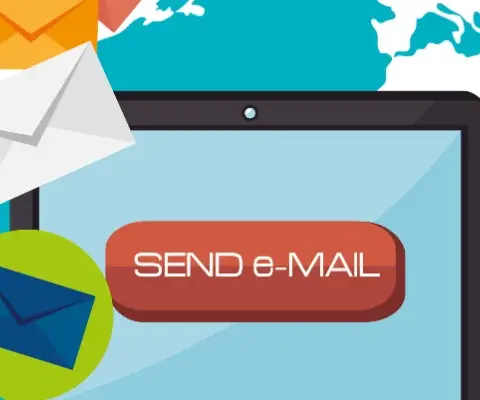Navigating the Email Deliverability Landscape: Strategies for Success
In the fast-paced world of email marketing, delivering messages to recipients’ inboxes is the first step towards engagement and conversion. However, navigating the complex landscape of email deliverability presents a significant challenge for marketers. With evolving spam filters, stringent ISP (Internet Service Provider) regulations, and changing subscriber behaviors, ensuring optimal deliverability requires a strategic approach and ongoing vigilance. In this comprehensive guide, we’ll explore the intricacies of email deliverability and provide actionable strategies for achieving inbox placement and maximizing the effectiveness of your email campaigns.
Understanding Email Deliverability
Email deliverability refers to the ability of an email message to reach recipients’ inboxes successfully. It encompasses various factors, including sender reputation, content quality, authentication protocols, ISP filtering algorithms, and recipient engagement metrics. Achieving high deliverability rates is critical for maximizing the reach and impact of email marketing efforts and avoiding potential pitfalls such as spam folder placement or outright email blocking.
Key Factors Affecting Email Deliverability
1. Sender Reputation: Sender reputation plays a pivotal role in email deliverability. ISPs evaluate senders based on factors like sending frequency, spam complaint rates, bounce rates, and engagement metrics. Maintaining a positive sender reputation is essential for inbox placement and avoiding spam filters.
2. Authentication Protocols: Implementing authentication protocols such as SPF (Sender Policy Framework), DKIM (DomainKeys Identified Mail), and DMARC (Domain-based Message Authentication, Reporting, and Conformance) helps verify the authenticity of email senders and reduce the risk of spoofing or phishing attacks.
3. Content Quality: Email content plays a significant role in deliverability. Content that is relevant, engaging, and free of spam triggers is more likely to pass through ISP filters and reach recipients’ inboxes. Avoiding excessive use of spammy keywords, misleading subject lines, and overly promotional content is crucial for maintaining deliverability.
4. List Hygiene: Regularly cleaning and maintaining your email list is essential for preserving deliverability. Removing inactive subscribers, correcting invalid email addresses, and honoring unsubscribe requests help improve list quality and reduce the risk of spam complaints and bounces.
5. Engagement Metrics: ISPs prioritize emails that recipients actively engage with, such as opening, clicking, and interacting with content. Monitoring engagement metrics like open rates, click-through rates, and conversion rates provides valuable insights into recipient behavior and helps optimize future campaigns for better deliverability.
Strategies for Enhancing Email Deliverability
1. Build and Maintain a Positive Sender Reputation: Focus on sending relevant, permission-based emails, and adhere to best practices for list acquisition and management. Monitor sender reputation metrics regularly and address any issues promptly to maintain a positive reputation with ISPs.
2. Implement Authentication Protocols: Configure SPF, DKIM, and DMARC records for your domain to establish sender authenticity and enhance deliverability. Regularly monitor authentication reports and address any authentication failures or discrepancies.
3. Optimize Email Content: Create compelling, personalized content that resonates with your audience and aligns with their interests and preferences. Avoid spammy tactics and misleading content that could trigger spam filters and harm deliverability.
4. Monitor and Analyze Engagement Metrics: Track and analyze engagement metrics to gauge the effectiveness of your email campaigns and identify areas for improvement. Use A/B testing to optimize subject lines, content, and CTAs based on recipient preferences and behaviors.
5. Maintain List Hygiene: Regularly clean and update your email list to remove inactive subscribers, invalid addresses, and spam traps. Implement double opt-in procedures to ensure list quality and minimize the risk of spam complaints and bounces.
6. Monitor Deliverability Performance: Utilize deliverability monitoring tools and services to track inbox placement rates, spam placement rates, and reputation scores. Address any deliverability issues promptly and implement corrective measures to improve performance.
Conclusion: Navigating the Path to Inbox Success
Email deliverability is a multifaceted and dynamic aspect of email marketing that requires careful attention to detail and ongoing optimization efforts. By understanding the key factors affecting deliverability and implementing strategic best practices, marketers can maximize inbox placement, enhance engagement, and drive meaningful results from their email campaigns. By staying informed, proactive, and adaptable, marketers can navigate the email deliverability landscape with confidence and achieve success in their email marketing endeavors.


























